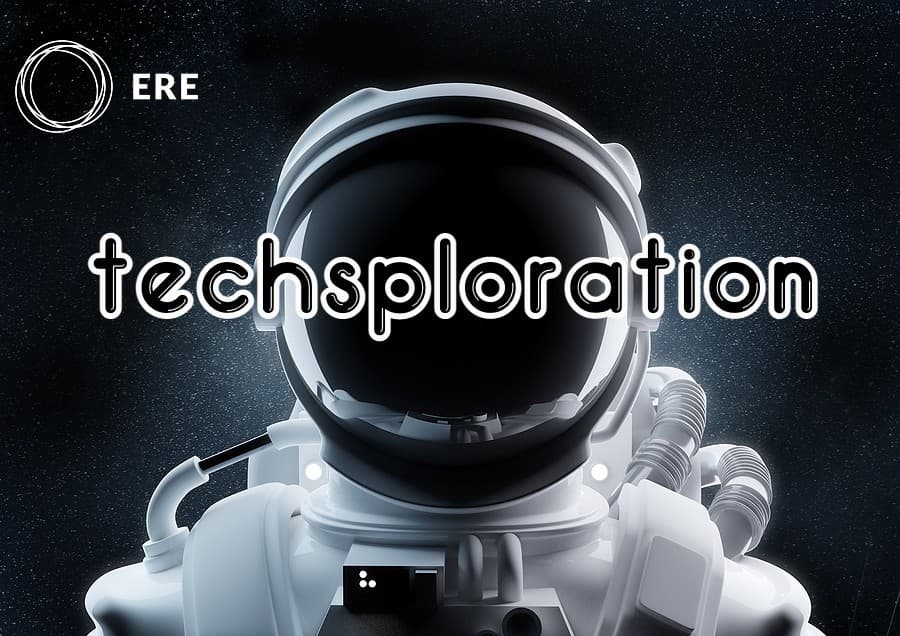Last month at ERE Digital, I had a fascinating discussion with Freddy Rivera, a senior technical recruiter at Strava, and Kimberly Jones, a senior director of enterprise talent at UC Irvine (she’s also an instructor and consultant). We talked about the undersized and oversized expectations of technology in this hiring environment.
One thing Kim mentioned in both our prep and the session was her emphasis on understanding the technology vendor’s people. Do they have sound practices when it comes to hiring? Do they have experienced people? If you were researching the technology provider for a potential job, would you want to work there? Is diversity more than a tagline on their careers page?
That point sat with me because I’m well aware of how broken purchasing decisions are made in enterprise technology overall and in talent technology in particular.
The RFP Is Permanently Broken
Many technology purchases start with a request for proposal (RFP). If you look at what a typical RFP entails, you’ll see a very information-heavy process designed with good intentions.
The average RFP length is over 100 questions, requiring vendors to spend time copying, pasting, and tailoring responses to stock questions that look like:
- Describe your company and its relative position in the talent acquisition industry.
- Describe how your product achieves 99.999% reliability with no single point of failure.
- Explain whether your software supports the following features: (insert list of dozens of features).
- Include pricing for the software and support for the first five years of the contract.
- Share bios of key leaders who would be assigned to our account and the role they would play.
In most RFPs, there are cross-functional committees, complicated scoring rubrics, and meetings. So. Many. Meetings.
In a recent wrinkle, many of those meetings don’t happen with the vendor being evaluated outside of the controlled environment of a staged demo and formal question-and-answer session. And for the tech provider, contact with anyone on the RFP team except for the procurement lead can get you 86’d from the process.
In the quest for objectivity and “better” decisions, we have lost the humanity of what we’re doing. Talent acquisition technology impacts people’s lives in profound and important ways. When a vendor gets in hot water or performs poorly, you better know more about the vendor than how they deal with a single point of failure.
Unfortunately, the way RFPs are scored today puts a low value on the team that you will ultimately call on when SHTF (you-know-what hits the fan). I’ve seen people account for perhaps 10% of the final score. If a company has an Environmental, Social and Governance (ESG) policy in place to source from organizations owned or led by under-represented individuals, that diversity measure typically applies only to the leadership of the organization, not the team itself. Even then, the whole of ESG initiatives might make up 10% to 15% of scoring, which will often include sustainability or other governance measures.
Bend or Break the Process to Focus on People
“RFPs are bad” is not breaking new ground, and not everyone uses them. Maybe a people-less approach works fine when buying cloud-computing resources and technologies that only an IT specialist is going to touch.
Talent technology is different though. We expect a wide swath of people to use it. We expect that our vendors use their own software, experience the same pains as we do, understand the impacts on their team, and have solutions that mitigate challenges when they arise.
Freddy said something during our session that also stuck with me on this topic: HR and recruiting leaders can’t play implementation and support experts. We’ve all had the experience of going into a big-box store and knowing more about what we want and need than the person helping.
As Kim mentioned, we also need to be selecting vendors that reflect our organization’s values. This is critical, not just for talent acquisition software, where the ATS or assessments you use reflect on your employer brand, but also in all your talent software, where employee experience is key to longevity and fit.
For those who don’t depend on the RFP, it’s much easier to tailor a process to fit your needs. For those who can’t break an RFP, how can you bend the questions and the scoring to account for the importance of people? Can you add questions about hiring practices, training, diversity, and the leadership team? Can you shift more weight to sections about team expertise, support, and client satisfaction scores?
Ultimately, talent acquisition leaders have to decide how important it is to account for the people at the companies they choose to partner with for technology. You can’t be adherent to a broken process if it’s not properly accounting for one of the most essential pieces of a successful partnership.
